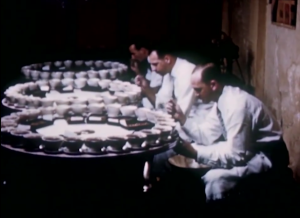Weren’t we just talking about coffee-based sacrilege the other day? Here’s something to make the single-origin bean snobs chew their espresso cups: an artisan roastery in Helsinki is offering a coffee blend created by artificial intelligence called AI-conic. The idea, of course, is that technology will lighten the workload needed to produce coffee.
This is an interesting development because Finland consumes the most coffee in the world, according to the International Coffee Organization. Coffee roasting is a highly-valued traditional artisan profession there, so it stands to reason that they might turn to technology for help.
Just like with scotch whisky, there’s nothing wrong with coffee blends outright. Bean blends are good for consistency, when you want every cup to taste pretty much exactly the same. Single-origin beans, though, are traceable to one location, and as a result, they usually have a distinct flavor based on the climate they’re grown in.
If you’re new to coffee, blends are a nice, safe way to start out. And, interestingly, the AI chose to make the blend out of four different types of beans instead of the usual two or three, despite being tasked with creating a blend that would suit the palates of coffee enthusiasts. But the coffee experts agreed that the AI blend was “perfect” and needed no human intervention. We probably won’t be getting to Finland anytime soon, so if you try it, let us know how it tastes!
Do you like cold brew? How would you like to be able to brew some in just three minutes?


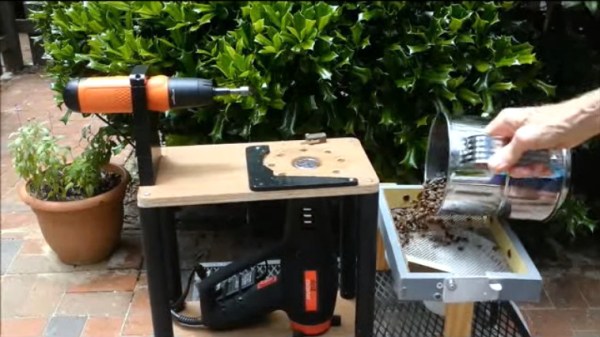

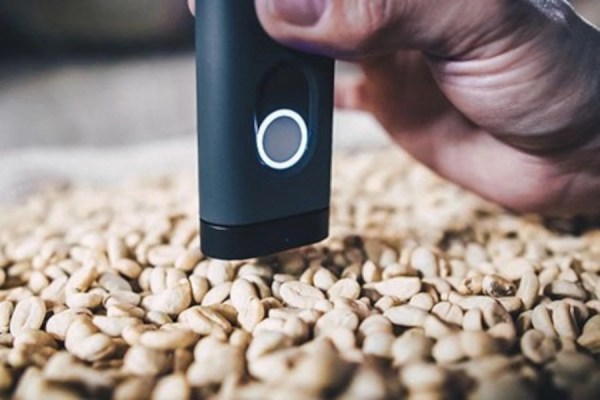
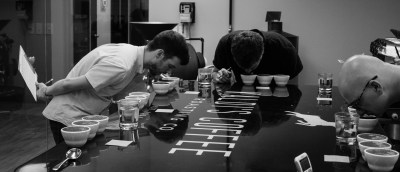
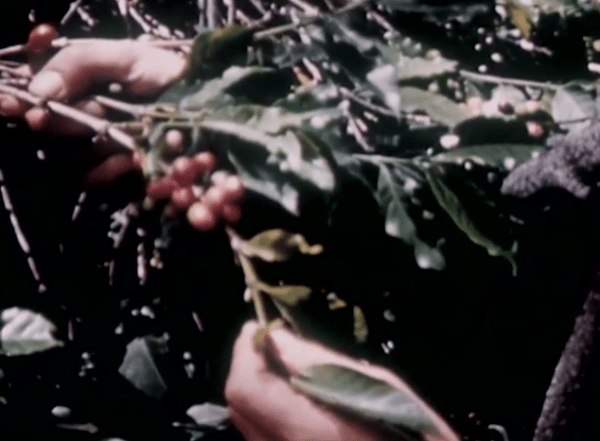
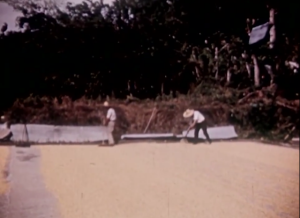 The day’s harvest is collected, weighed, and bagged for further production. The fruits are crushed to remove each bean from its red jacket. Then, the beans are washed and spread out in the sun for 8-10 days. They are frequently rotated so they dry evenly. The dried coffee is packed in bags and sent into the city.
The day’s harvest is collected, weighed, and bagged for further production. The fruits are crushed to remove each bean from its red jacket. Then, the beans are washed and spread out in the sun for 8-10 days. They are frequently rotated so they dry evenly. The dried coffee is packed in bags and sent into the city.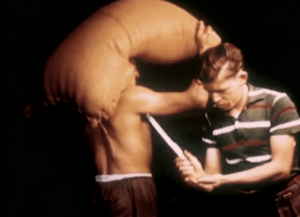 At a warehouse, the coffee is inspected, sorted, and graded. Bags are stamped with the coffee’s country of origin and intended destination before going to the seaport. A very important step happens here. As each bag walks by on the shoulders of a worker, another guy stabs it to get a sample of the beans. The on-site A&P officials take over at this point and do their own inspections, sending samples to the US. Here, the coffees are roasted and taste tested for both strength and flavor from a giant lazy Susan full of porcelain cups.
At a warehouse, the coffee is inspected, sorted, and graded. Bags are stamped with the coffee’s country of origin and intended destination before going to the seaport. A very important step happens here. As each bag walks by on the shoulders of a worker, another guy stabs it to get a sample of the beans. The on-site A&P officials take over at this point and do their own inspections, sending samples to the US. Here, the coffees are roasted and taste tested for both strength and flavor from a giant lazy Susan full of porcelain cups. 